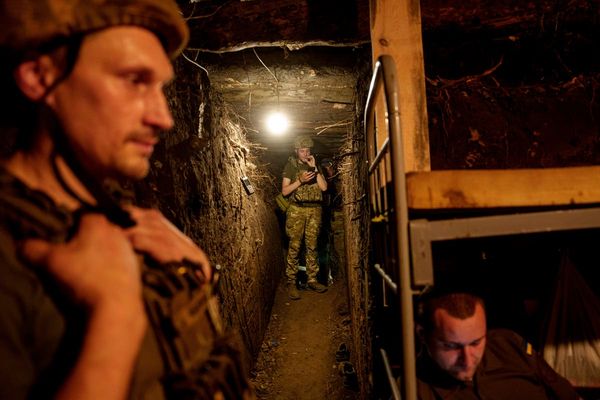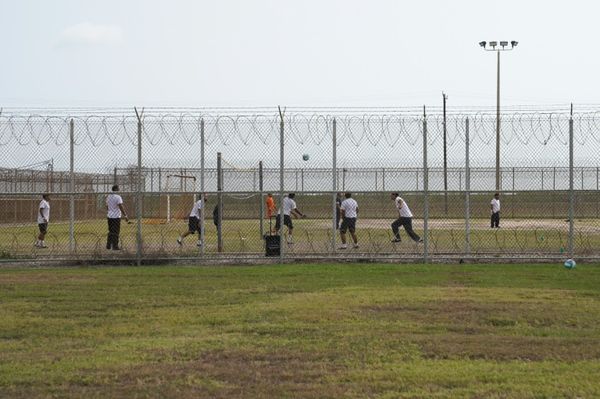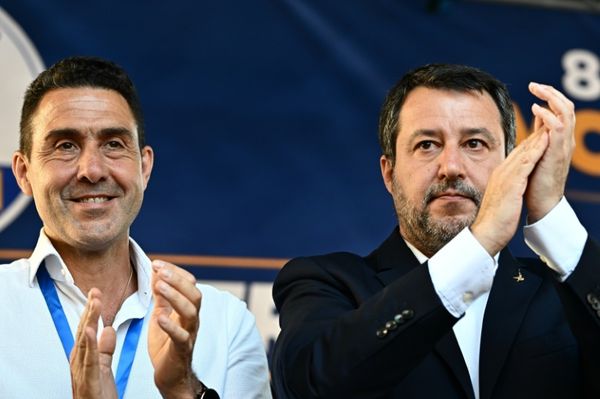The DMK has filed a writ petition in the Madras High Court seeking a direction to the Election Commission of India (EC) to ensure that the balloting units in Electronic Voting Machines (EVMs) are connected directly with the control units without placing the VVPAT printers in between the two units, as was done in third generation M3 EVMs.
The party also sought a direction to the EC to lay down procedures for approval of the EVMs. It also called for a direction to formulate the guidelines to be followed by Returning Officers while dealing with applications made by election agents to count the paper slips collected as part of the Voter Verified Paper Audit Trail (VVPAT) system.
Filing an affidavit on behalf of the party, its organisation secretary R.S. Bharathi said that elections were conducted only through the conventional paper ballot system between 1950 and 1990. The Representation of the People Act, 1951, was amended only in 1989 to insert Section 61A, which permits the use of voting machines in elections, and the amendment came into force from March 15, 1989.
Accordingly, the Conduct of Election Rules, 1961, were also amended, and as per those statutory rules, an EVM should have only a balloting unit and a control unit. It was only in 2013 that the Supreme Court permitted the EC to introduce VVPAT, the party said, adding that recently, a lot of concerns had been raised by all sections of society over the use of EVMs and VVPAT printers.
“These concerns are most justified and the possibilities highlighted therein are technically feasible. India being a democracy, a discrepancy of even one vote between the votes cast and votes counted is unacceptable,” the party said, and claimed that the configuration of the EVMs and VVPAT printers in the third generation M3 machines was completely in contravention of the 1961 statutory rules.
The party claimed that second generation M2 machines were fully in compliance with the rules, since VVPAT printers with drop boxes were attached separately to the balloting units without disturbing the direct connection between the balloting units and the control units. However, in the M3 machines, VVPAT printers had been sandwiched between the balloting units and control units, it said.
“This paves the way for the output of the printer to flow to the control unit. It opens a myriad of technical possibilities to corrupt the integrity of the data that is fed to the control unit from the balloting unit. Further, a process involving a fourth unit, namely the Symbol Loading Unit that feeds the election symbols of candidates to the VVPAT printer, paves the way for other possibilities,” the affidavit said.
It went on to state: “It is not the symbols alone that are fed to the printer. The sequential numbers in the order of candidates in the constituency which match with each of the particular symbol are also fed to the VVPAT printer. This process happens a few days ahead of the actual polling. What goes from the printer into the control unit is a processed output of the printer which has its own processor.”
The petitioner party said that Rule 49A of the Conduct of Election Rules simply states that EVMs must be of such design as approved by the EC, but does not lay down any procedure for such approval. “Considering the complexities and electronic and software technology involved, the approval process needs to be transparent, made public and duly documented with all the procedural safeguards of a subordinate/delegated legislation,” it said.







